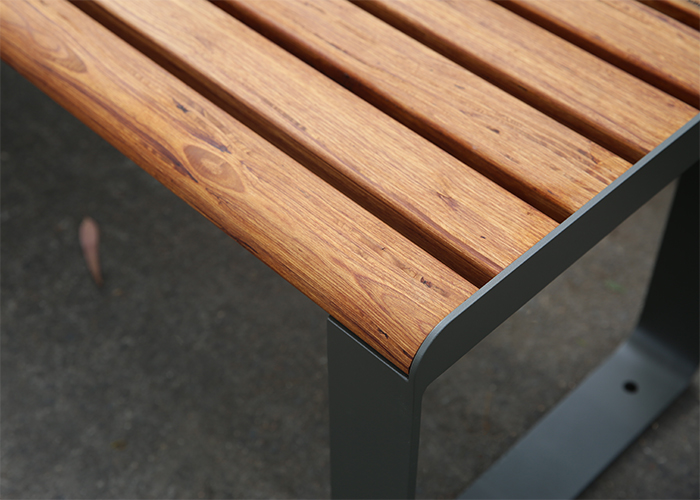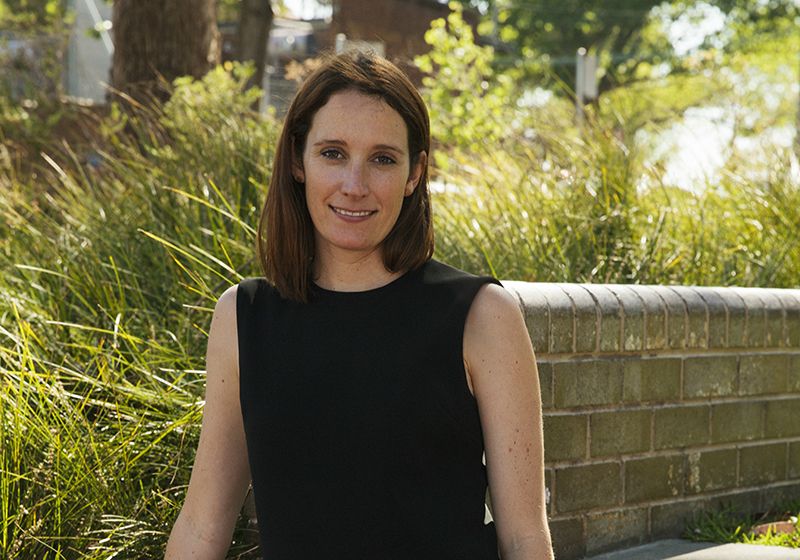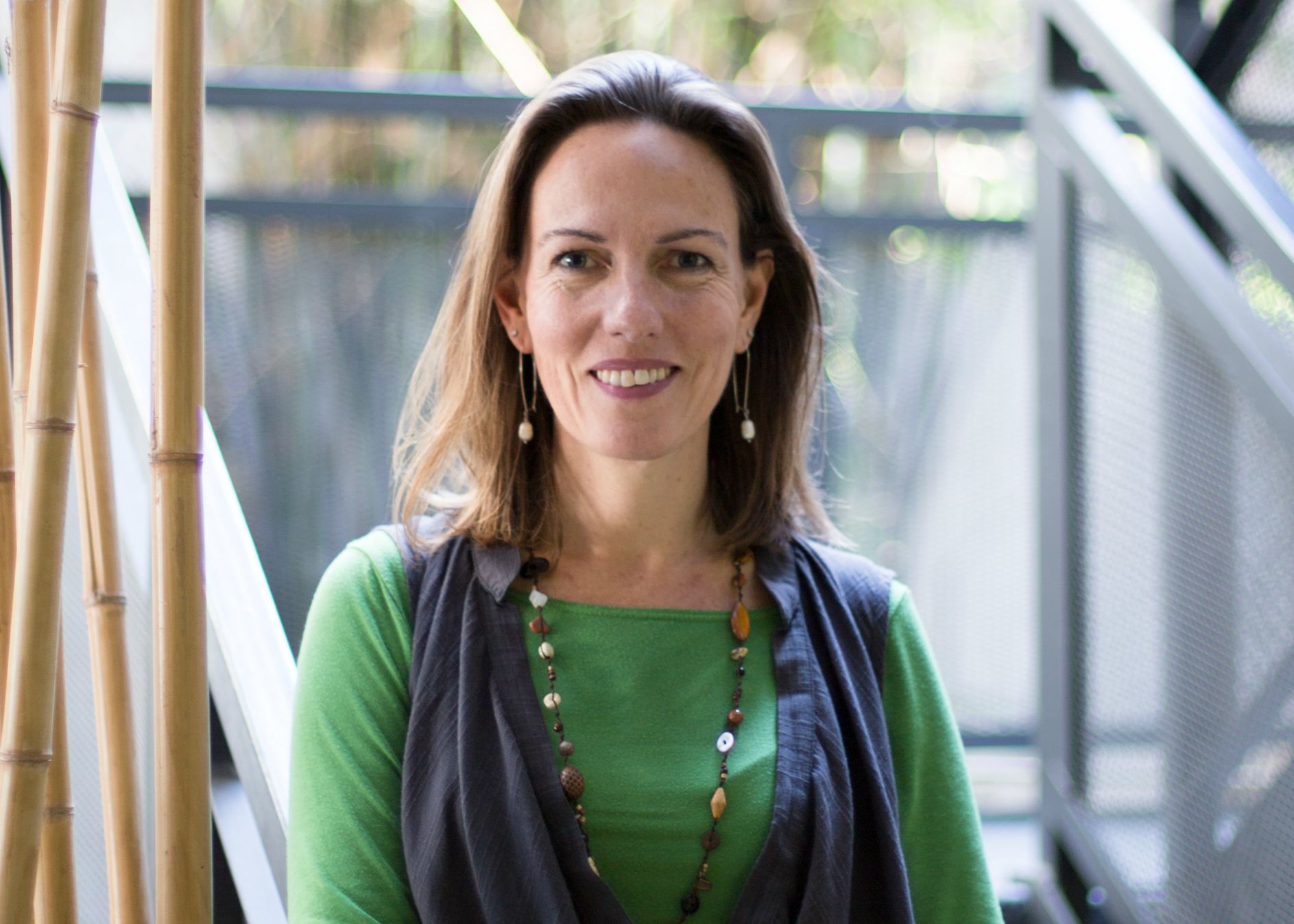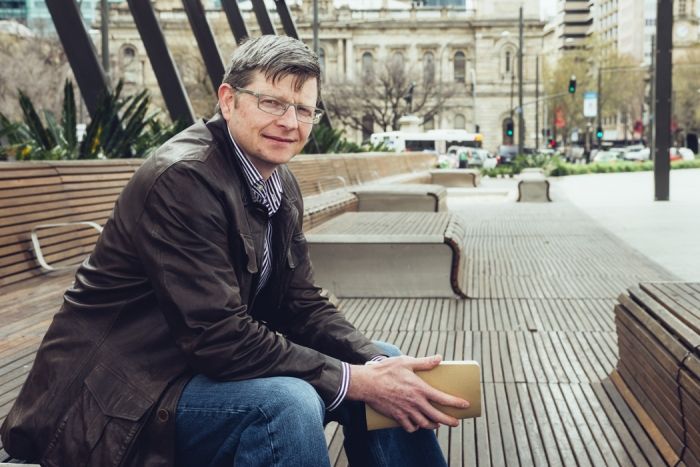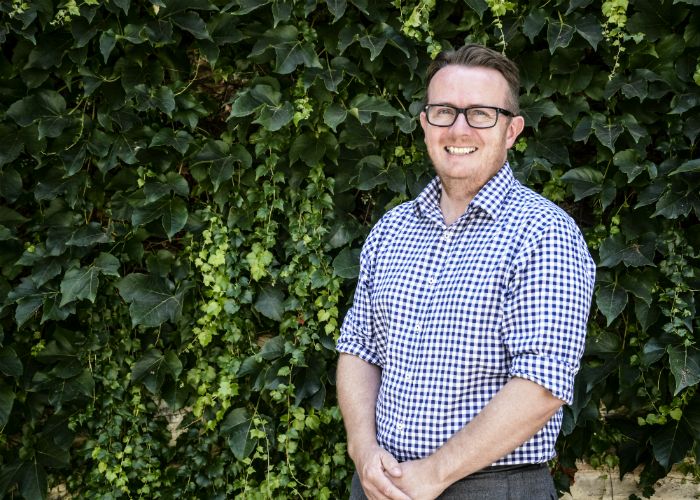
New National AILA President: Daniel Bennett. Photo: Alice McGlynn.
Daniel Bennett, AILA’s new National President and City Design and Transport Strategy Manager for Adelaide, talks future directions with StreetChat.
Why did you pursue a career in landscape architecture?
I knew I wanted to be a landscape architect when I was 15. I grew up around inner Sydney, close to one of the bays off the harbour known as Iron Cove. The natural features of the landscape coupled with human interventions drew me to geography and cities, and then plants and streets … and I have never let go!
The Bruce MacKenzie designed Yurulbin Park in Balmain was one my father, an engineer, took an interest in and we watched it being rebuilt as part of reclaiming it for public use. I can still recall peering through the construction fencing at age six watching the sandstone being shaped.
Those memories do take hold and shape how you think about things. Now I am trying to show my young kids the magic of the Adelaide foothills, for them to see it as something quite special through their eyes.
As AILA’s new National President, where do you see the organisation heading?
The heavy lifting we have completed to reshape the organisation to be far more member-focused as well as more advocacy based will steer AILA to a new future, and our task now is to continue the good work of the previous Council led by Mark Frisby, to reinvigorate, support and engage with the profession and then everyone else. It is very exciting!
The big future is advocacy and the work we all do as landscape architects – regardless of whether we are small practitioners, leaders of large practices, or leading change within government. We all have value, and I’d love to see us talking and engaging even more than we do now.
Our engagement needs to be to a wider audience, as people are clearly interested in what we do.
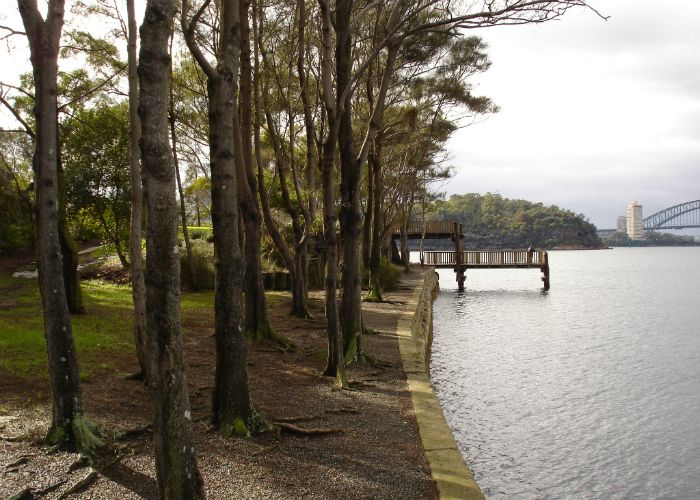
Origin story: Bruce MacKenzie’s Yurulbin Park. Photo: Andy Mitchell.
You’re an active blogger and tweeter. How can these forums be used by today’s landscape architect?
I can’t help myself. I have taken a firm view that I am always learning. These amazing platforms offer a wealth of instant knowledge and sharing.
I do strongly believe they are more and more part of the toolkit we must use to engage and communicate – listening, sharing and debating … all a very healthy part of being professionals, leaders and advisors to anything in the public domain.
I saw the landscape history of the Barangaroo Park recently by JPW’s Maria Rigoli. The basic understanding of site, imagining and designing never ceases to amaze me. The common thread – great storytelling. It can be effective as an hour-long presentation as much as it can be in 144 characters with a link on Twitter.
Landscape architects can add to the rich vein of social media in a meaningful way as part of their broader strategies. I have made some amazing connections across the world as a result, and most of them are not landscape architects. That reinforces to me that our engagement needs to be to a wider audience, as people are clearly interested in what we do.
The role of landscape architects has become more prominent. Are there limits to our influence or do we have a long way to go?
To the stars! There shouldn’t be any limits until the legal people challenge us otherwise … but in truth, our advocacy in Green Infrastructure is a great example. AILA will be leading an international conversation on Living Cities in Canberra in 2016, from elected people through to leaders of allied and non-allied industries.
We’re not advocating that landscape architects own green infrastructure, as it is the domain of many, however we can facilitate and lead the conversation.
I see this approach amongst many sectors – from greening our cities, making them smarter, shaping economic outcomes, fostering investment, connecting people, integrating transport, restoring ecosystems, sustaining our natural areas and so on.
Where do you place landscape architects in the contested space of thought leadership?
We are natural thought leaders, and we are also generally a very altruistic profession. Good design is about thinking through issues, challenges, opportunities, the ideas – often setting the problem (as opposed to solving one) is something many professions overlook, based on making too many assumptions. Landscape architects intrinsically start a process by asking many questions, as opposed to solving problems.
I do believe that we can overcome the reluctant engager tag, and further, it is often in the pre-feasibility stage that we influence projects, and that is very much not in public view.
Often what most people see is a street, park, plaza or landscape outcome – and not the thinking that went before the design. Many public sector landscape architects, for example, work in shaping design briefs – the briefing of managers and of elected people – long before a design outcome is achieved.
This is an area I believe we can better advocate and widen our real influence in creating better places.
I strongly believe landscape architects are the best thinkers in shaping the future.

Award winning: Bennett was Principal Landscape Architect and Urban Designer on the Gallipoli Underpass in inner city Adelaide.
Often in our cities and towns the building is seen as the hero. How can we encourage green space as the hero?
In South Australia I was heartened and excited when Premier Jay Weatherill referred to “the spaces between buildings as being as critical to the success of the city.”
These statements generally reflect some thinking on the value of a given approach, and is an important opportunity to capitalise on and help shape better outcomes by the profession.
Political leadership is very important – we now have Australia’s first ever Minister for Cities, and a PM who regularly photographs himself on public transport – two very important issues facing our cities and regions.
Perhaps most importantly, demonstrating the economic, social and environmental value of green space (streets, parks, gardens, schools, natural areas, etc) and linking it to city and regional development is an area of growth for the profession, and through this lens we can ultimately achieve even better outcomes.
What do you think is the future of landscape architecture?
As much or as little as we make it. We can still shape, design and deliver the massive city-shaping transport project, we can shape policies at the highest level, we can design the very best playspace for the next generation of landscape architects, we can continue to shape the world around us.
There is a critical role for all landscape architects to play a part, and for them to shape their role accordingly.
I strongly believe landscape architects are the best thinkers in shaping the future. We live in changing, challenging and exciting times, and therefore we must realise and accept our role in making better places for all people.





